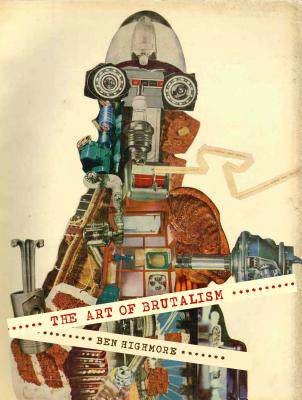
- Afhalen na 1 uur in een winkel met voorraad
- Gratis thuislevering in België vanaf € 30
- Ruim aanbod met 7 miljoen producten
- Afhalen na 1 uur in een winkel met voorraad
- Gratis thuislevering in België vanaf € 30
- Ruim aanbod met 7 miljoen producten
Zoeken
The Art of Brutalism
Rescuing Hope from Catastrophe in 1950s Britain
Ben Highmore
Hardcover | Engels
€ 48,95
+ 97 punten
Omschrijving
While most famously associated with numerous mid-century architects, Brutalism was a style of visual art that was also adopted by painters, sculptors, printmakers, and photographers. Taking into account Brutalist work by eminent artists such as Richard Hamilton and Eduardo Paolozzi, as well as lesser-known practitioners like Nigel Henderson and Magda Cordell, this volume focuses on a ten-year period between 1952 and 1962 when artists refused a programmatic set of aesthetics and began experimenting with images that had no set focal point, using non-traditional materials like bombsite debris in their work, and producing objects that were characterized by wit and energy along with anxiety, trauma, and melancholia. This original study offers insights into how Brutalism enabled British artists of the mid-20th century to respond ethically and aesthetically to the challenges posed by the rise of consumer culture and unbridled technological progress.
Published in association with the Paul Mellon Centre for Studies in British Art
Published in association with the Paul Mellon Centre for Studies in British Art
Specificaties
Betrokkenen
- Auteur(s):
- Uitgeverij:
Inhoud
- Aantal bladzijden:
- 304
- Taal:
- Engels
Eigenschappen
- Productcode (EAN):
- 9780300222746
- Verschijningsdatum:
- 25/07/2017
- Uitvoering:
- Hardcover
- Formaat:
- Genaaid
- Afmetingen:
- 190 mm x 254 mm
- Gewicht:
- 1179 g

Alleen bij Standaard Boekhandel
+ 97 punten op je klantenkaart van Standaard Boekhandel
Beoordelingen
We publiceren alleen reviews die voldoen aan de voorwaarden voor reviews. Bekijk onze voorwaarden voor reviews.











